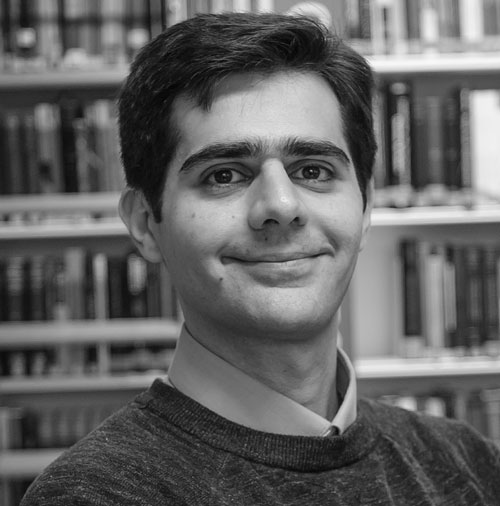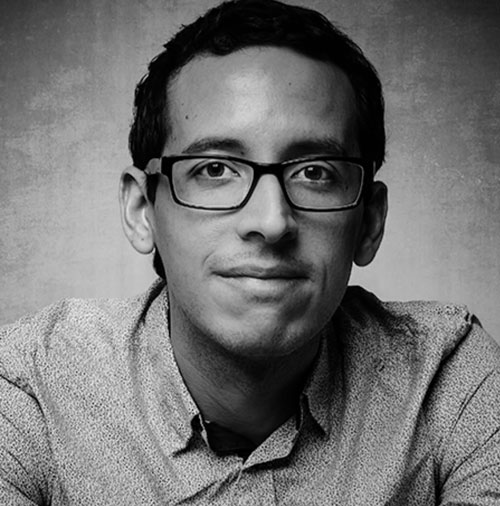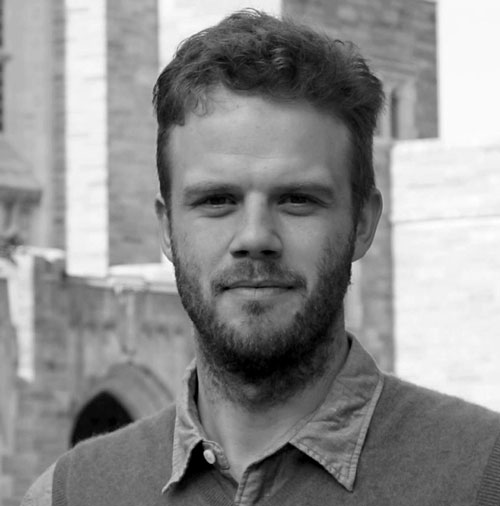Three young scientists from the Niels Bohr Institute receive Villum Young Investigator grants
Three young scientists, Mauricio Bustamante, Amin Doostmohammadi and Johan Samsing get to boost their research in particle physics, self-pumping fluids and gravitational waves in the Universe. The grants will add more man power to their research, in the shape of the employment of PHD students and postdocs. The Villum Young Investigator grants are awarded to both young Danish and foreign researchers working in Denmark
The idea with the programme is to have young researchers emerge from the shadows cast by well know professors, already held in high esteem, as well as providing more employment and attracting research funding. Many hearty congratulations to the three beneficiaries!

Amin Doostmohammadi: Engines of Life: Bioinspired Self-pumping Fluids
Sperms, bacteria, and tissues, all work as engines of life converting chemical energy into motion. These systems are known as active materials and are capable of self-pumping with prominent role in biological processes, from organ formation to tumor progression. This research investigates the physical conditions for the development of self-pumping flows of active matter. This grant will allow hiring of two PhDs and two postdocs as well as purchasing of high performance computing facilities.

Mauricio Bustamante: What is Nature like at its most fundamental level?
We have found answers using particle accelerators, yet ample territory remains unexplored at higher energies, ripe for discovery, but beyond their reach. Fortunately, Nature provides a way forward, via high-energy particles made by cosmic accelerators. We will harness the vast potential of cosmic neutrinos —particles with unique probing properties— to explore the highest energies. The grant will allow the recruitment of one postdoc and two PhD students.

Johan Samsing: Gravitational Wave Astrophysics
The recent observation of gravitational waves from the merger of two black holes marks a new era in physics: Gravitational Wave Astrophysics. This has enabled strong tests of Einstein's Theory of Relativity, but how and where the merging black holes form in our Universe are still major open questions. This project aims at unravellin their astrophysical origin, by quantifying how properties of their formation environment can be extracted from their gravitational wave signal. The grant will fund two PhD students and a postdoc.
